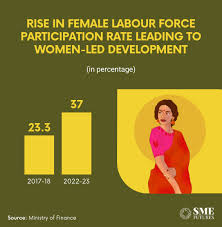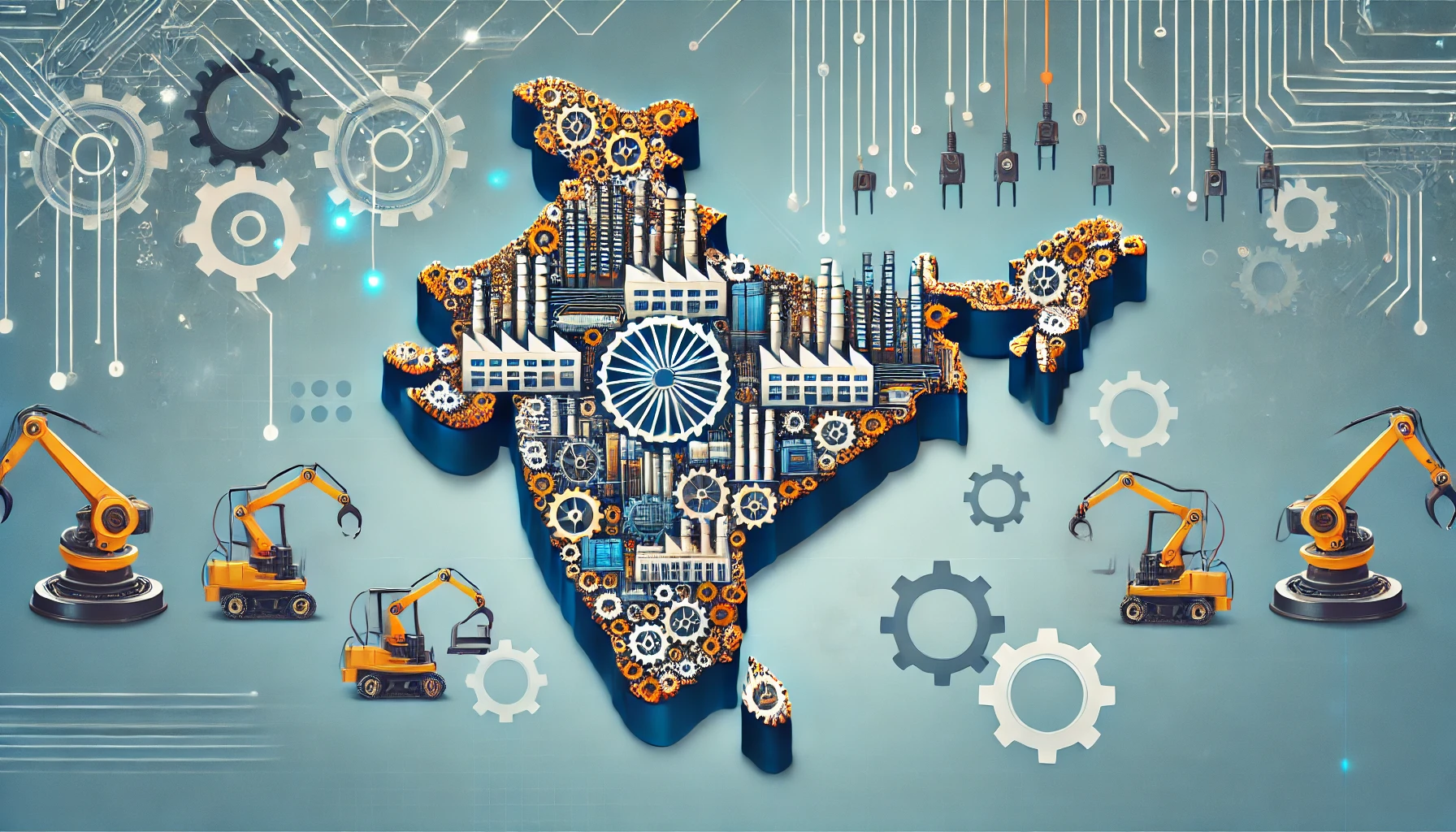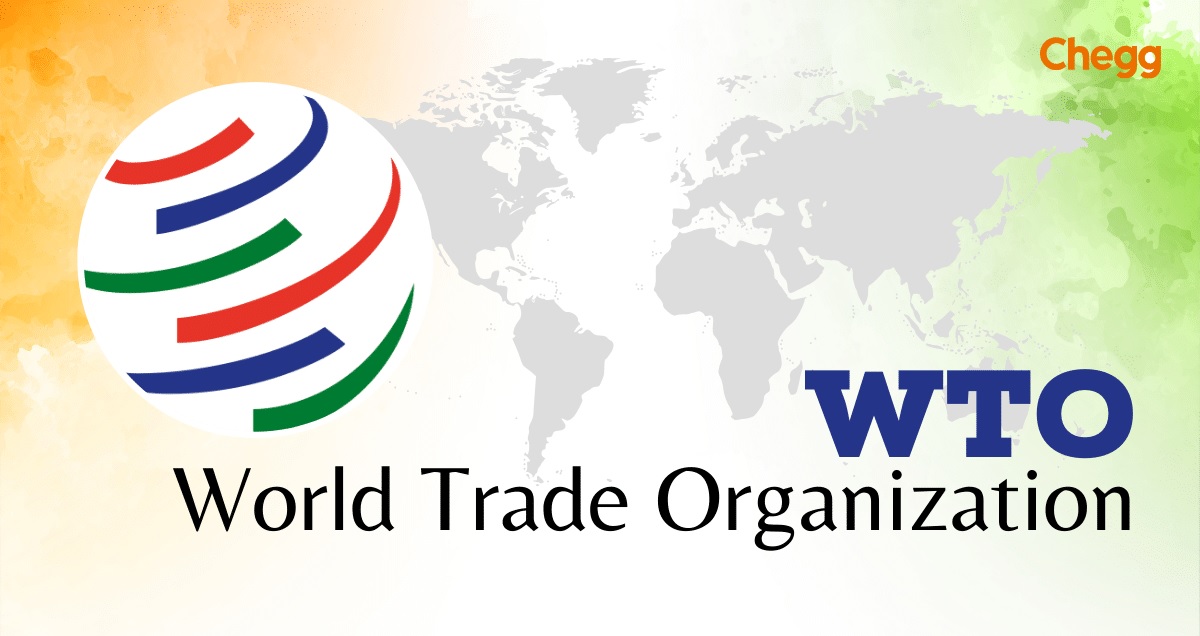The Hindu : Page 05
Syllabus : GS 3 : Indian Economy
Recently, the Chief Economic Advisor (CEA) has mentioned about the218.8% increase in budgetary allocation for schemes for the welfare and empowerment of women and even acknowledged that women in India face the “’motherhood penalty” with a drop-in female labour force participation rate around childbearing years.

About the move:
- As announced in the budgetary discussion, the central government is going to increase the gender budgeting up to5% of the GDP, in the financial year 2025.
- The step will enhance the stability of the women-led development model and increase fund allocation for Gender budgeting.
What is Gender Budgeting?
- Gender Budgeting is a powerful tool for achieving gender mainstreaming to ensure that the benefits of development reach women as much as men.
- The rationale for gender budgeting arises from recognition of the fact that national budgets impact men and women differently through the pattern of resource allocation.
- Women constitute 48% of India’s population , but they lag behind men on many social indicators like health, education, economic opportunities, etc. thus, gender budgeting is important.
Gender budgeting status in India:
- Gender Budget Statement was first introduced in Budget 2005-06. Various ministries and department provide information to finance ministry based on which Gender Budget Statement is prepared.
- This helps to monitor expenditure and public service delivery from a gender perspective, as a means of mainstreaming women’s concerns in all activities and improving their access to public resources.
- Also, it was instructed to all the ministries and departments, to open the Gender Budgeting Cell (GBC).
Issues with Gender Budgeting in India:
- India's gender Budget remains in the range of 4 - 6% of the total expenditure and less than 1% of its GDP. It also lacks fiscal marksmanship, which is the accuracy of budgetary forecasting.
- Around 90% of gender budgeting is concentrated in five ministries. When it comes to livelihood, MGNREGA is the biggest scheme in gender budgeting.
- Areas like transportation, water collection and water security remain ignored.
- The last Budget failed to address critical areas highlighted by the pandemic in 2021-22 and 2022-23, despite the disproportionate impact of Covid-19 on women.
Measures to bring care economy in monetized economy
- Recognize unpaid Work: Recognizing the economic value of unpaid care work.
- Equal Pay for Equal Work: Irrespective of whether it falls under the care or monetized economy.
- Social Protection Measures: Implementing policies like paid parental leave, Work from home (WFH) culture, subsidized healthcare, and pensions, which support women in their dual roles as caregivers and workers.
- Supporting Women's Employment: Providing opportunities to participate in the formal labor force through skill development, training, education, and policies that enable work-family balance.
- Promoting Women's Entrepreneurship: Encouraging and supporting women to start and grow businesses, especially in sectors related to care services. Income-Generating Activities through Self-Help Groups.
UPSC Prelims PYQ : 2017
Ques : Which of the following gives the ‘Global Gender Gap Index’ ranking to the countries of the world?
(a) World Economic Forum
(b) UN Human Rights Council
(c) UN Women
(d) World Health Organization
Ans: a)







